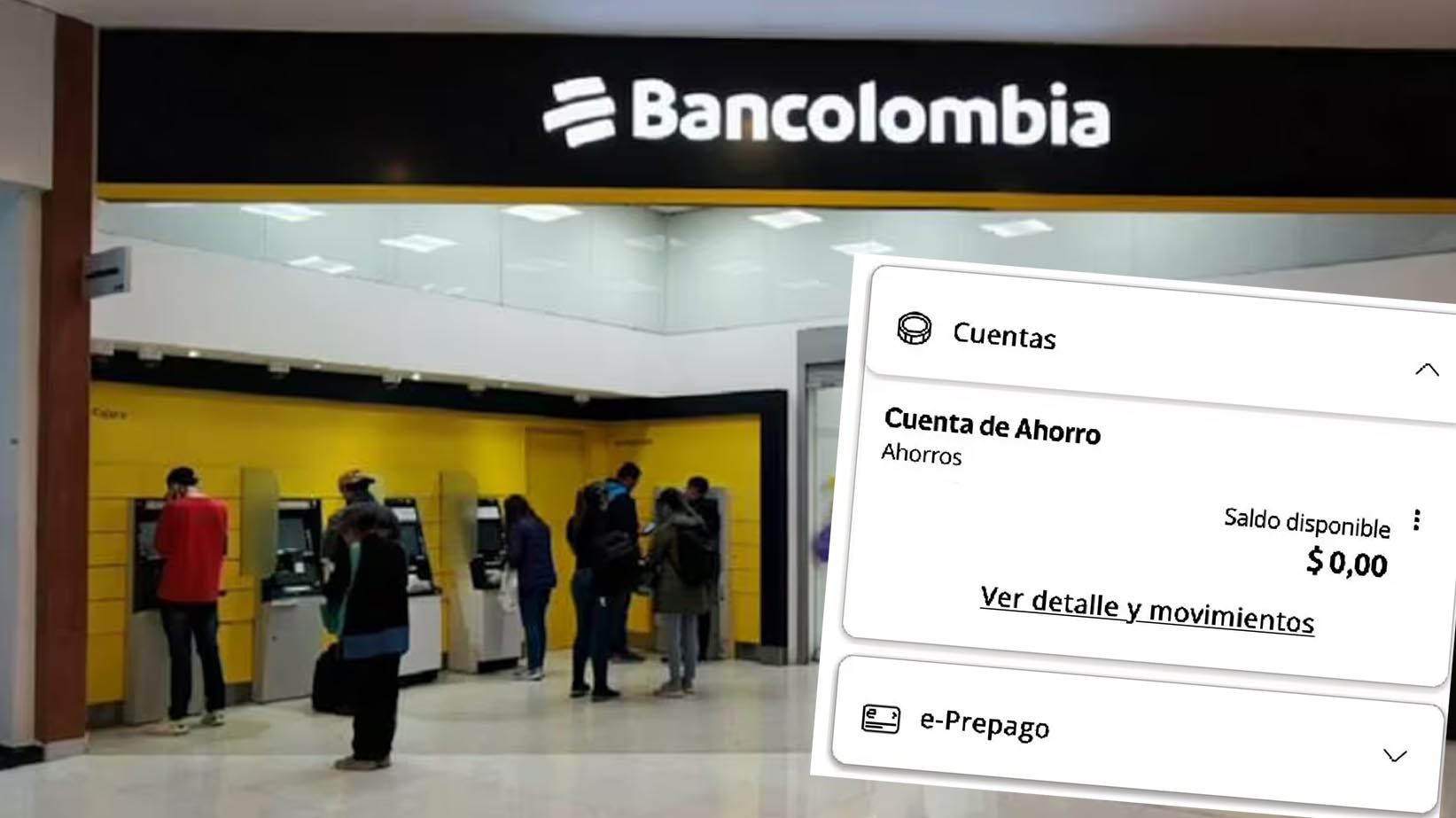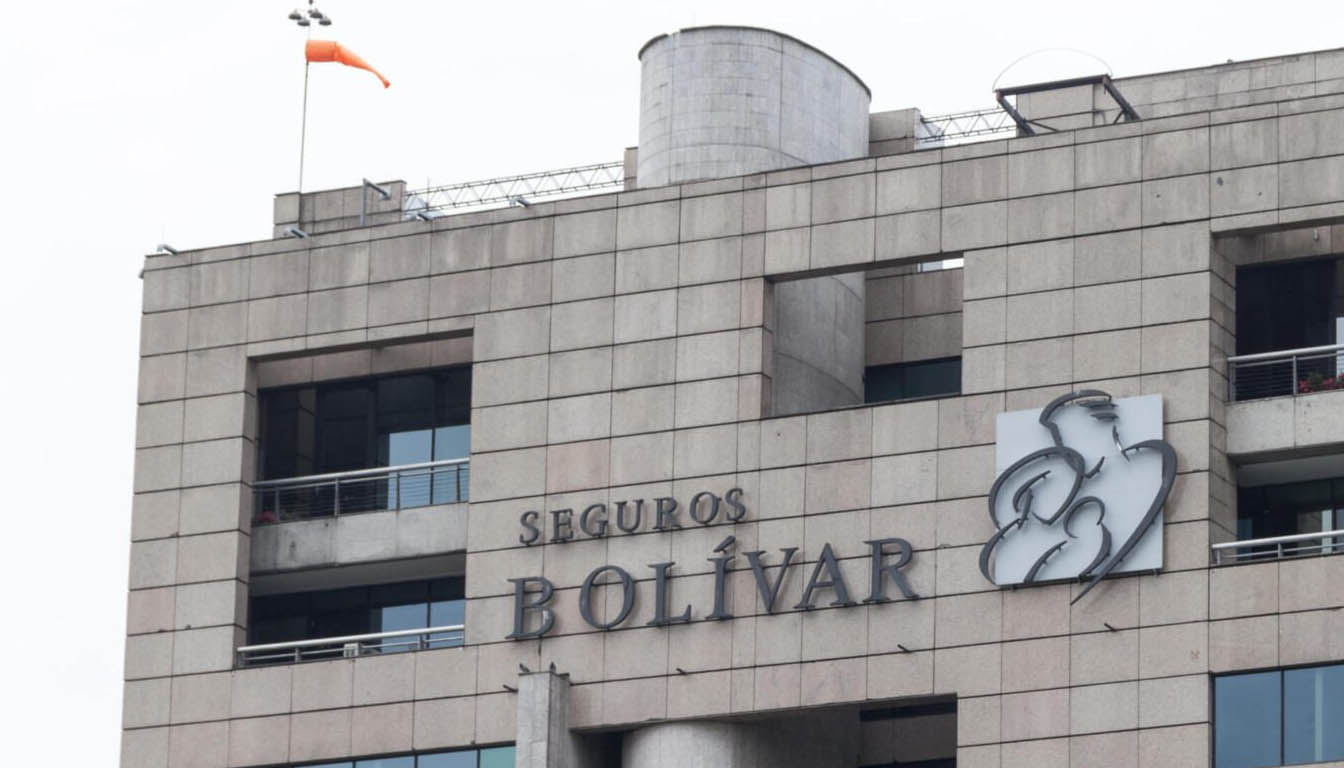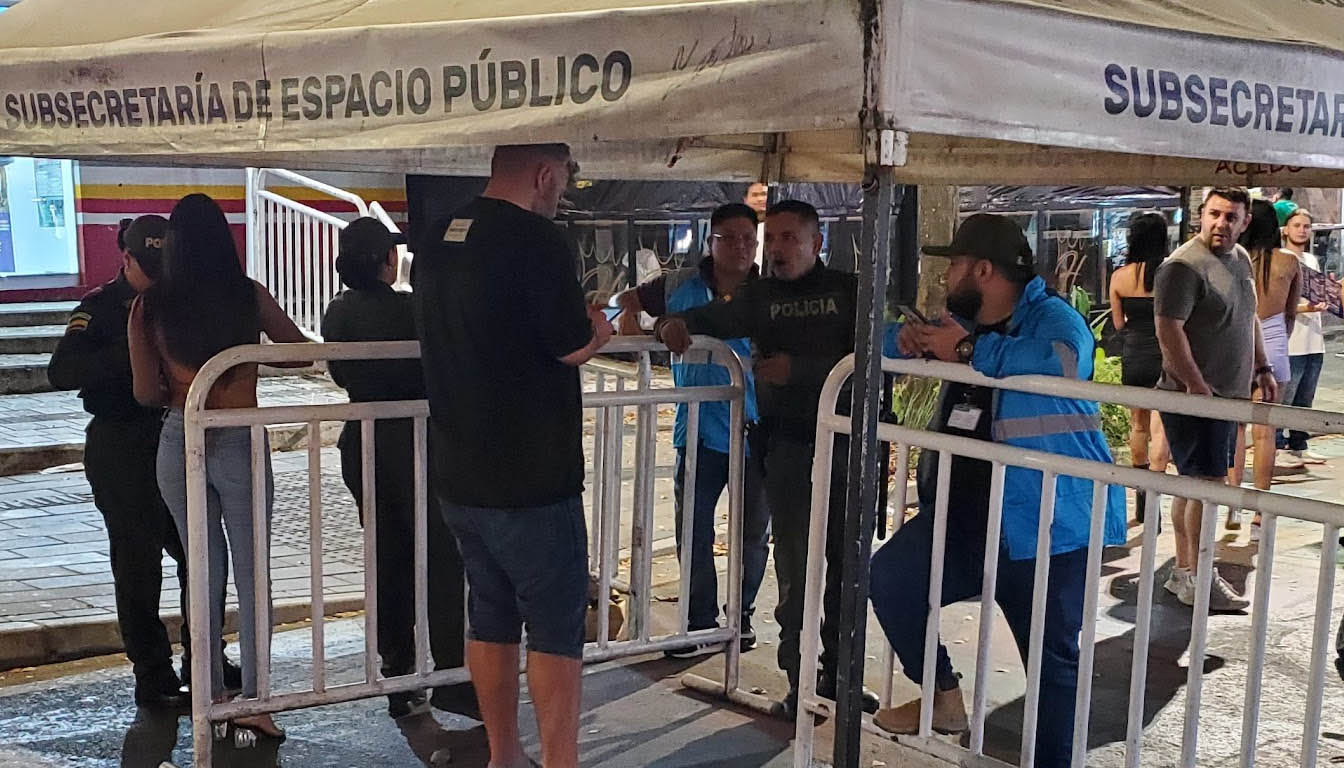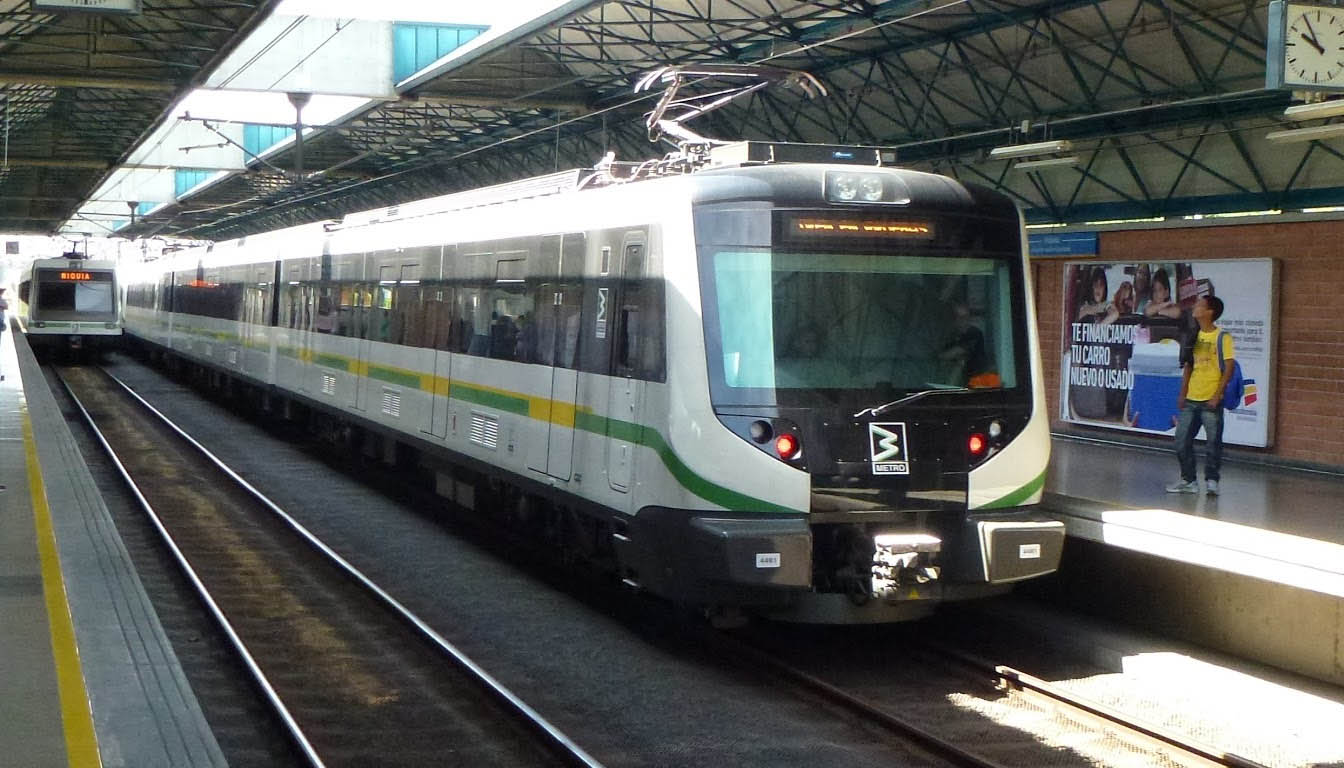The prospect of a bullet train connecting Medellin to Bogota is causing excitement in Colombia, as it holds the promise of revolutionizing transport in the country. With travel times between the two cities potentially reduced to just three hours, the high-speed train project is gaining momentum.
The project has identified four potential routes for the bullet train, with the shortest option spanning 310 kilometers and passing through La Dorada, Caldas. Another route covers a distance of 610 kilometers, passing through Bucaramanga and Tunja, while a third route traverses the Coffee Region, providing opportunities for tourism and regional development. Despite these alternatives, the most attractive route seems to be the one similar to the current Medellin-Bogota highway, offering a direct and efficient connection.
Speed is a key factor in the success of any high-speed train project. The bullet train is estimated to achieve speeds of 200-250 kilometers per hour, making it a game-changer in terms of travel time. The journey between Medellin and Bogota is projected to take just 2.5 hours, significantly reducing current travel times and enhancing business and tourism opportunities.
As with any ambitious infrastructure project, financing remains a challenge. Discussions are underway to determine how the construction and operational costs will be covered. Despite the complexities, progress is being made in the design and planning phases, with a pre-feasibility study already costing approximately 850,000 euros (3,702 million pesos). Further funding and detailed planning will be necessary to move the project forward.
Key Takeaways:
- The bullet train project aims to provide a high-speed connection between Medellin and Bogota, transforming intercity transport in Colombia.
- The proposed routes for the bullet train include options passing through La Dorada, Caldas, Bucaramanga and Tunja, and the Coffee Region.
- The train is expected to achieve speeds of 200-250 kilometers per hour, reducing travel time between Medellin and Bogota to 2.5 hours.
- Financing the construction and operation of the bullet train remains a key challenge for the project’s implementation.
- Despite the obstacles, progress is being made, and further funding and planning will be required to bring the project closer to fruition.
Potential Routes for the Bullet Train
The Antioquia Railway Promoter is currently evaluating four potential routes for the bullet train that will connect Medellin and Bogota, revolutionizing transport in Colombia.
The first route spans a length of 310 kilometers and would pass through La Dorada, Caldas, following a similar path as the current Medellin-Bogota highway. This route offers a direct and efficient connection between the two cities, minimizing travel time.
Alternatively, another option being explored is a 610-kilometer route passing through Bucaramanga and Tunja. Although longer, this route provides opportunities for improved connectivity to other regions along the way.
The third route covers a distance of 379 kilometers and passes through the Coffee Region, near Manizales, Pereira, and Armenia. This route offers the potential for tourism development and scenic views, showcasing the natural beauty of Colombia’s coffee-growing region.
The final route, while also passing through La Dorada, takes a detour through Girardot, Cundinamarca. This route offers the advantage of connecting to an existing transportation hub in Girardot.
Among these options, the first route stands out as the most attractive choice due to its straighter alignment and fewer curves, potentially allowing for higher speeds and smoother travel.
Image of Potential Routes for the Bullet Train

Speed and Travel Time Estimates
The high-speed train project between Medellin and Bogota aims to revolutionize transportation in Colombia, providing faster and more efficient travel options for commuters and travelers alike. With an estimated commercial speed of 200-250 kilometers per hour, the bullet train promises to significantly reduce the travel time between the two cities.
Based on preliminary calculations, the journey from Medellin to Bogota is projected to take approximately 2.5 hours. Compared to the current travel time, this represents a remarkable improvement, offering a more convenient and time-saving transportation alternative.
“The high-speed train will transform the way people travel between Medellin and Bogota, bringing the two major cities closer together,” says Juan Rodriguez, a transportation expert.
During the pre-feasibility study phase, experts have also considered the train’s average slope, which is estimated to be around 1.5%. This analysis ensures that the train’s design takes into account the topographical characteristics of the terrain, ensuring a smooth and comfortable ride for passengers.

As the project progresses, further details regarding the train’s features, safety measures, and infrastructure will become available, giving stakeholders a clearer picture of what to expect from this transformative transportation endeavor.
Financing and Progress of the Project
One of the main challenges facing the bullet train project is securing the necessary financing for its construction. As discussions continue, stakeholders are exploring various options to fund this ambitious intermunicipal mobility project. The projected cost of the pre-feasibility study phase alone stands at approximately 850,000 euros (3,702 million pesos).
While progress is being made in terms of designs and studies, further financing and meticulous planning will be crucial to advance the project to its next stages. Financial institutions, government bodies, and private investors will play a crucial role in financing the construction of the bullet train, which holds the promise of revolutionizing transportation in Colombia.
The pre-feasibility study has provided valuable insights into the technical and economic viability of the project, helping to pave the way for future stages. As financing is secured and plans are refined, the construction of the bullet train will bring benefits such as reduced travel time, enhanced connectivity, and economic growth to the regions it traverses.
FAQ
What is the current status of the bullet train project between Medellin and Bogota?
The bullet train project is still in the pre-feasibility study phase. More details about the project are expected to be available in approximately 15 months.
How many routes are being considered for the bullet train?
The Antioquia Railway Promoter is considering four possible routes for the bullet train:
– Route 1: A 310-kilometer route passing through La Dorada, Caldas, similar to the current Medellin-Bogota highway.
– Route 2: A 610-kilometer route passing through Bucaramanga and Tunja.
– Route 3: A 379-kilometer route passing through the Coffee Region, near Manizales, Pereira, and Armenia.
– Route 4: A route passing through La Dorada but detouring through Girardot, Cundinamarca.
What is the estimated speed of the bullet train?
The bullet train is expected to have a commercial speed of 200-250 kilometers per hour.
How long will it take to travel between Medellin and Bogota once the bullet train is operational?
The travel time between Medellin and Bogota is estimated to be around 2.5 hours, significantly reducing the current travel time.
What are the main uncertainties surrounding the bullet train project?
The main uncertainty surrounding the bullet train project is the financing. Discussions are ongoing regarding the construction and investment needed to make this ambitious intermunicipal mobility project a reality.








